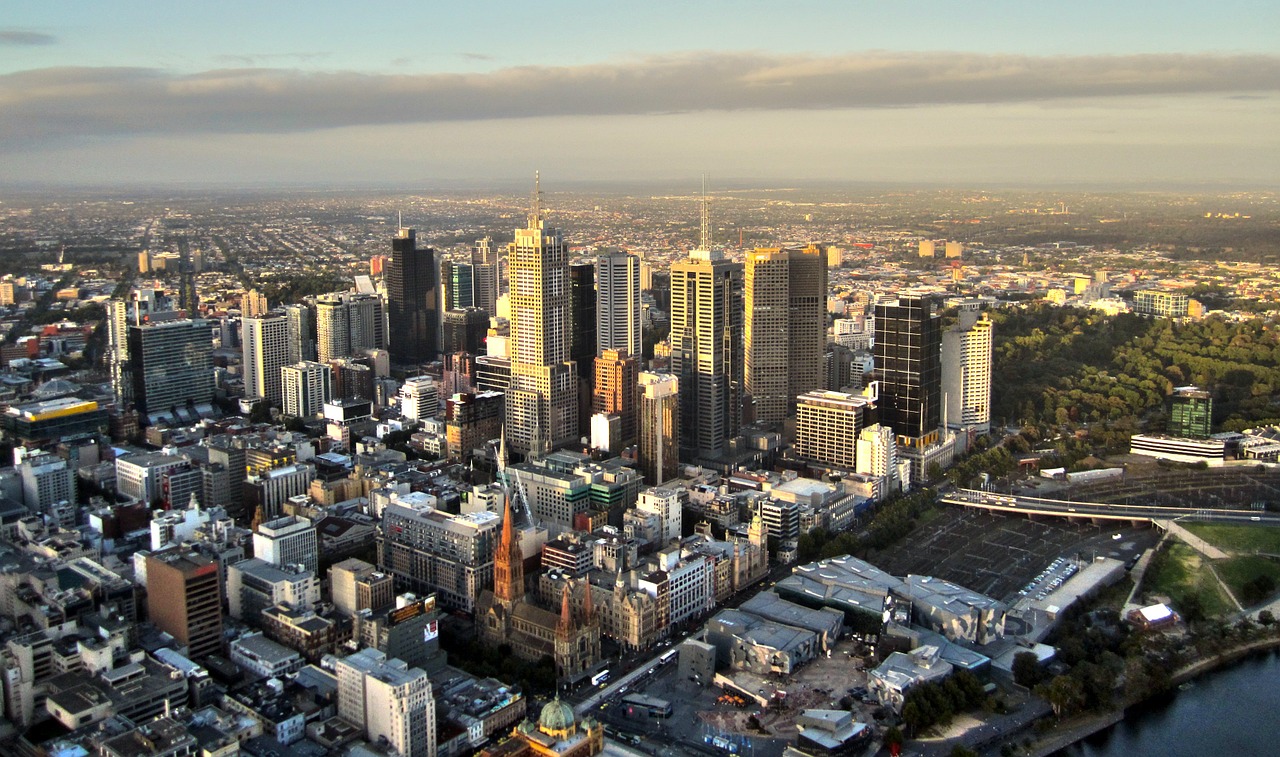
New forms of metropolitan governance and a claimed worldwide decentralisation of roles and responsibilities have been a response to neoliberalism and the competitive forces arising from globalisation. How might Australia’s “unique model of metropolitan governance” be explained? Does it enhance economic competitiveness and the building of fair cities?
At first blush an answer lies in Australia’s Constitution. Federalism in Australia is premised on subsidiarity between the federal and state levels of government. No provision is made for the possibility that metropolitan governments might best undertake metro-scale roles and responsibilities.
Metropolitan governments can be created through constitutional change, but this is improbable. Instead, the governance of Australia’s urban regions is premised on local government being a “creature” of state government. This notion, a product of the 19th century, empowers state governments to legislate metropolitan governments.
A precedent exists for a state government creating a metropolitan government. Created in 1925, Brisbane City Council incorporated all the urban region’s local authorities with an eye to financial viability and metro-scale efficiencies in the delivery of water, sanitation, roads and so on. The council now serves about half of the effective metropolitan population.
Read the full article on theconversation.com.
Richard Tomlinson is a Professor of Urban Planning, University of Melbourne.





